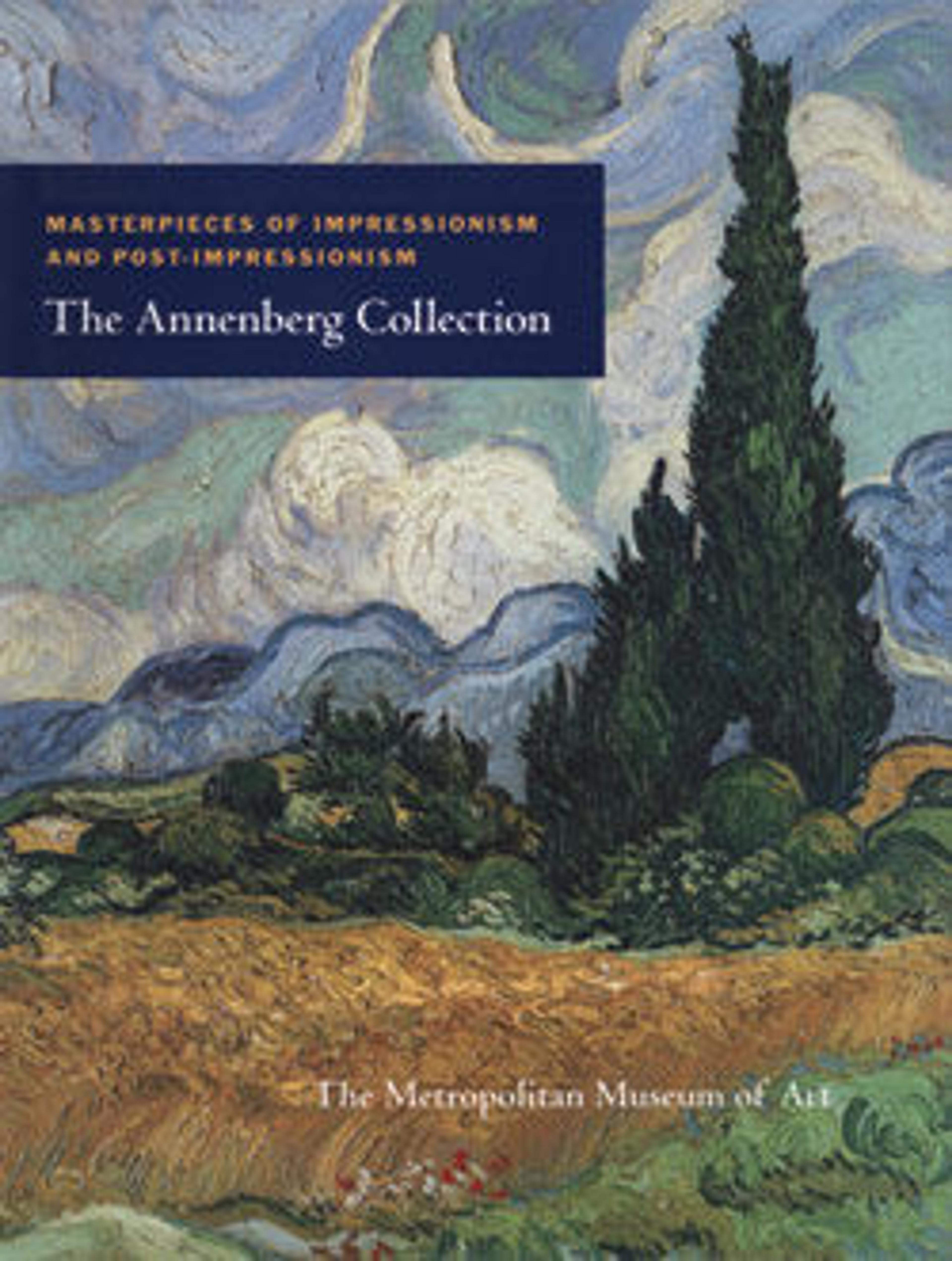The Daughters of Catulle Mendès, Huguette (1871–1964), Claudine (1876–1937), and Helyonne (1879–1955)
Artwork Details
- Title: The Daughters of Catulle Mendès, Huguette (1871–1964), Claudine (1876–1937), and Helyonne (1879–1955)
- Artist: Auguste Renoir (French, Limoges 1841–1919 Cagnes-sur-Mer)
- Date: 1888
- Medium: Oil on canvas
- Dimensions: 63 3/4 x 51 1/8 in. (161.9 x 129.9 cm)
- Classification: Paintings
- Credit Line: The Walter H. and Leonore Annenberg Collection, Gift of Walter H. and Leonore Annenberg, 1998, Bequest of Walter H. Annenberg, 2002
- Object Number: 1998.325.3
- Curatorial Department: European Paintings
Audio
6364. The Daughters of Catulle Mendès, Huguette (1871–1964), Claudine (1876–1937), and Helyonne (1879–1955)
Gallery 821
Renoir undertook this monumental canvas as a means of re-asserting his prowess as a society portraitist. The sitters are the daughters of Catulle Mendès, a celebrated poet and an important literary figure of Belle-Epoque Paris. When the picture was shown, it was coolly received, and it failed to provoke the flood of commissions that Renoir was hoping for.
The firm draftsmanship and solid, almost wooden modeling you see in this picture had become hallmarks of Renoir's manner in the 1880s. At the same time, this is one of the artist's most daringly colored works. Shimmering streaks of blue and violet highlight the girls' white dresses, and pockets of glowing vermilion are scattered throughout the scene. Such bold effects were motivated by Renoir's growing concern with creating rich and complex tonal harmonies that would subsequently unify his paintings from a purely decorative standpoint.
More Artwork
Research Resources
The Met provides unparalleled resources for research and welcomes an international community of students and scholars. The Met's Open Access API is where creators and researchers can connect to the The Met collection. Open Access data and public domain images are available for unrestricted commercial and noncommercial use without permission or fee.
To request images under copyright and other restrictions, please use this Image Request form.
Feedback
We continue to research and examine historical and cultural context for objects in The Met collection. If you have comments or questions about this object record, please contact us using the form below. The Museum looks forward to receiving your comments.
